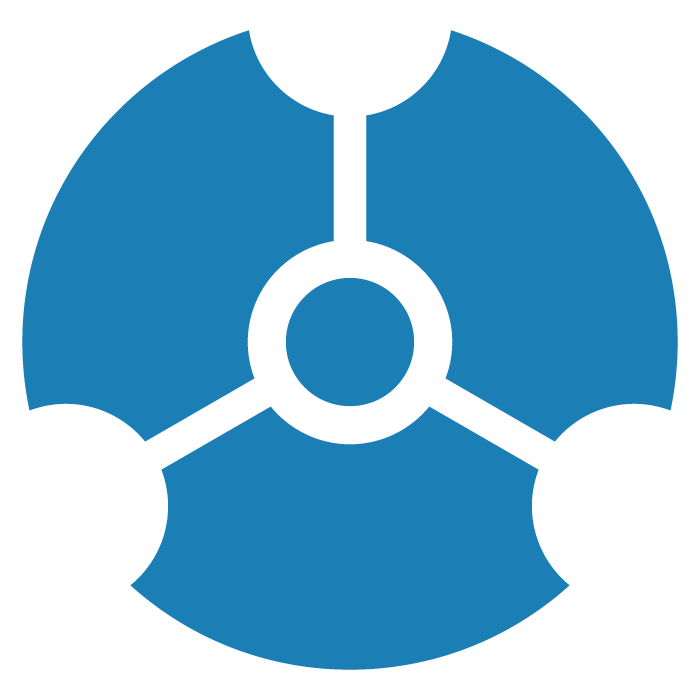1. Graph Anatomy and Interface
Welcome to the first module in our HowTo GraphXR tutorial series!
In this Session… | Before you begin… |
|
|
Slide | Text |
|---|---|
2 | Welcome to GraphXR! These basic tutorials provide a detailed overview of how to import, visualize and explore graph data. Let’s start by creating an account at graphxr.kineviz.com. |
3 | On logging in to your account, the Projects page opens. You can create a new project (and connect it to a Neo4j database), or open an existing demo or shared project. Click Create to create a new project. Enter a name for your project and click Confirm. |
4 | Click the arrow icon on your new Project to enter the graph space. |
5 | We’re now in the project’s graph environment, a 3-dimensional, functionally infinite space. It’s currently empty. Before we proceed, let’s quickly review the anatomy of graph data. |
6 | GraphXR uses a labeled property graph (LPG) data model, in which graphs are composed of three elements: nodes, edges, and properties. |
7 | Nodes are entities, like people or events. They’re represented by a circle which can display an icon or portrait image. Nodes with the same entity label comprise a Category. |
8 | Edges are connections between nodes, like VISITED or LIVES_AT. All edges of a given type comprise a Relationship. Directed relationships like PARENT_OF have an arrow at one end, while directionless ones like FRIENDS_WITH do not. |
9 | The structure of nodes and edges in a graph is referred to as a pattern. Their position of patterns in 3D space is governed by the current Layout. |
10 | By default, GraphXR distributes nodes in space using a physics simulation called Force Direct. Each node pushes away from other nodes while edges pull them together. There is no intrinsic meaning to node position or edge length in the Force Direct layout. |
11 | Properties are expressed as key-value pairs like characterName:Andy or gender:female. In addition to user-defined properties, each node and edge has a unique identifier. |
12 | Now let’s take a quick tour of the GraphXR interface. The Menu bar contains the menu panels: Project, Query, Transform, Table, Layout, Filter, Algorithm, and Map. |
13 | You can click the Main Menu icon to display panel names along with the icons. GUI navigation controls for the 3D project space are located on the lower right. |
14 | Use the Search bar for full-text search of property values, either of the data in a Neo4j database connected to the project, or the data in the project space. |
15 | The Legend displays lists of the elements currently in the graph. We’ve brought in data to show what this looks like. Click the tabs to select elements to display (Category, Property, Tag, and/or Relationship), then click a list item to select nodes or edges of a specific type. |
16 | The contextual toolbar menu along the bottom of the project space displays currently available tools. Or, right click to display a pop-up context menu. |
17 | The right-click menu gives you quick one-click access to all the most often-used selection, data modification, and layout features. |
18 | When you select one or more nodes or edges, additional tools are displayed. We’ll explore their use in the next few tutorials. Now we’re ready to load data from the Game of Thrones repository located at http://kineviz.com/s/GXR_QSG.zip. |
Next Steps…
How To GraphXR: Module 2. Loading, Navigating, and Selecting Data
